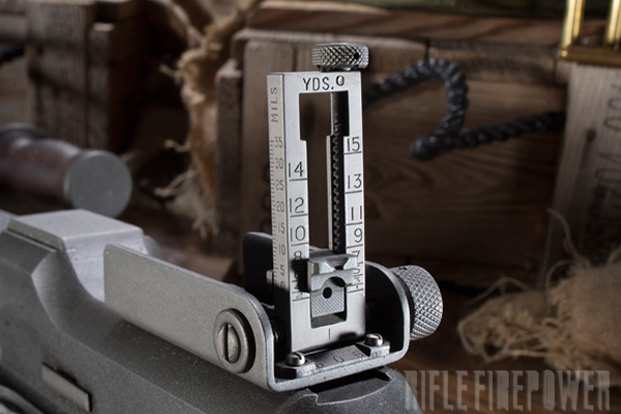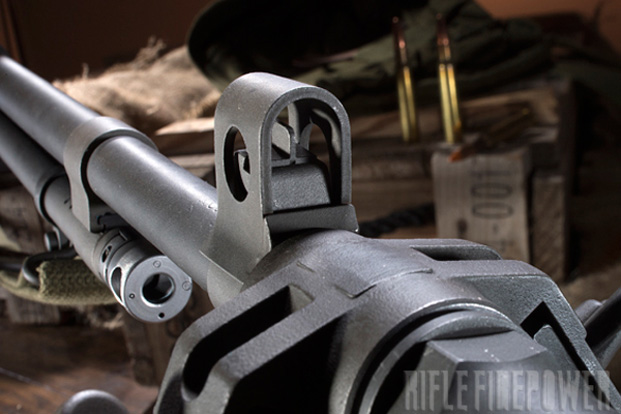The only thing more fun than a full-capacity semi-auto is one that has a historical connection. Being able to put 20 rounds downrange in about as much time as it takes to tell about it is even more enjoyable if you can do it with a firearm involved in world-shaping events. In this case, we have just that—a darn-near perfect copy of the famed Browning Model 1918A2, popularly known as the BAR (Browning Automatic Rifle) in .30-06 Springfield. It was invented by John Moses Browning in 1917 and was used by American Expeditionary Forces at the tail end of WWI. It served the Marines in the Banana Wars and on U.S. gunboats as they plied the Yangtze River to protect American interests in pre-Communist China. In the 1920s and ’30s, BARs armed gangsters like Bonny and Clyde and lawmen like Texas Ranger Frank Hamer. The BAR was used extensively in WWII, with up to three being assigned to each rifle squad, and it was especially prized by the Marine Corps. It was called to serve again in the Korean War and afterwards was kept in a secondary role for National Guard use. Some BARs were issued in Vietnam to South Vietnamese troops and native irregulars.
Born-Again BAR
When I saw a semi-auto-only 1918A3 Self-Loading Rifle (SLR) from Ohio Ordnance Works at a recent firearms exposition, I had to give it a try. Several weeks later, the delivery man was at my door with a huge and heavy box that I wrestled into the living room. Cutting through the cardboard, I found a black Pelican gun case and inside, nestled in foam rubber cutouts, was the 1918A3 SLR and a number of accoutrements. Per the Ohio Ordnance literature, the gun comes standard with two 20-round magazines, a web sling, a carry handle, a bolt hold-open device, a flash suppressor, a cleaning kit and an owner’s manual. The optional Pelican case also came with two more magazines, a front sight hood and a maintenance kit that had spare parts and tools to keep the SLR running. The neat thing was that these parts were USGI surplus, some with tags indicating they were from the Korean War era…


































